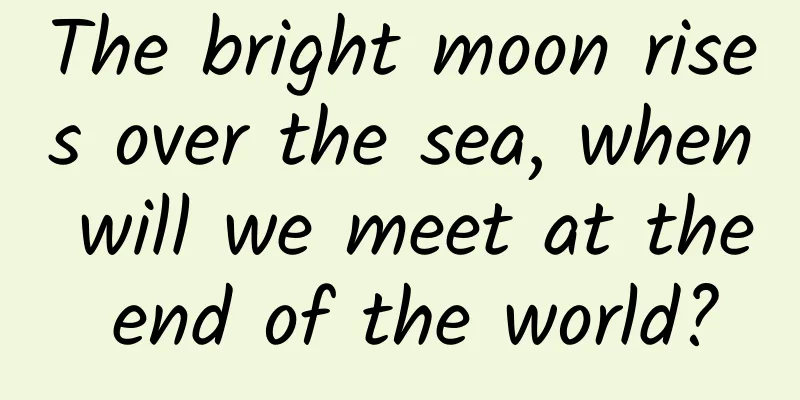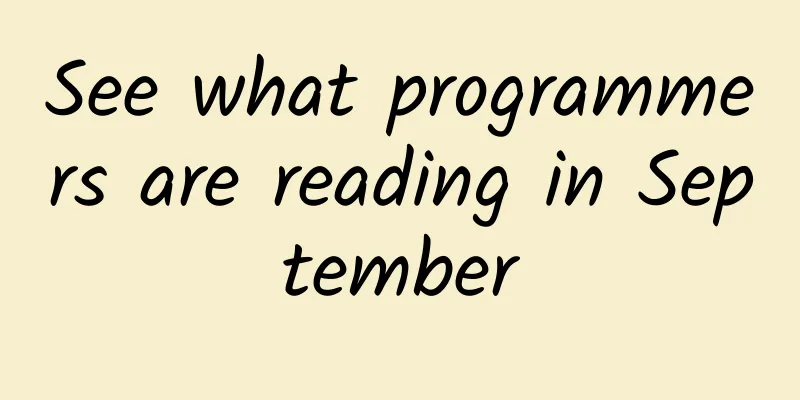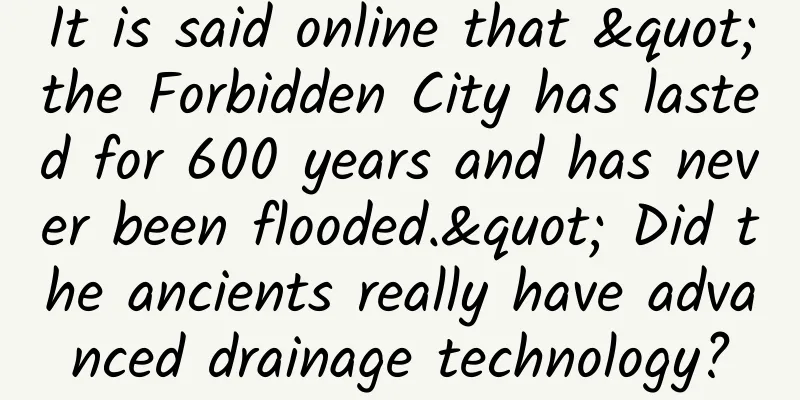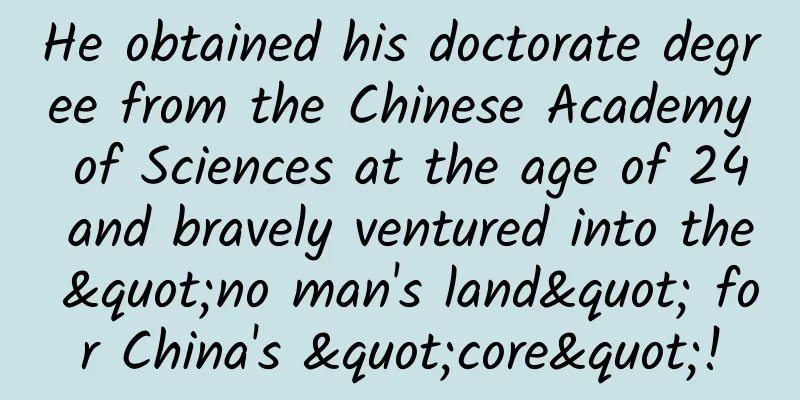The bright moon rises over the sea, when will we meet at the end of the world?

|
Author: Year of Tons Reviewer: Xing Jianping, Professor of Beidou Communication System Application Technology, School of Microelectronics, Shandong University "You have deviated from your course. We have replanned your route. Please turn around at the appropriate location..." When hearing this, some people will think of the philosophy of life, some people will turn around obediently, but every time I will reflect on whether I took the wrong path or the navigation was inaccurate. When positioning, you need to know at least the distance between you and four different satellites, so where exactly are those satellites and how far are you? The accuracy of these data directly determines the accuracy of the final positioning calculation. The basis for accurate calculation is that everyone must have a unified precision time system. #One second To establish a time system, we need to define the concepts of "moment" and "period". Moment refers to the specific time, minute and second, while period refers to how long a second is. Obviously, the length of a second depends on some continuous and stable periodic motion phenomenon as a benchmark. Since ancient times, it has been easy to define the length of a day based on sunrise and sunset, but it was not until the in-depth study of atoms that a good definition of how long a second is could be made. The most accurate 1 second (atomic second) is the duration of 9192631770 cycles of radiation corresponding to the transition between two hyperfine energy levels of the ground state of the cesium-133 atom. In layman's terms, the length of 1 second is calculated through the oscillation period of the cesium-133 atom (this oscillation is continuous and stable). #BeijingTime The rotation of the earth is also a continuous, stable periodic motion. The time determined on this basis is called universal time, which is used by astronomy, geodesy and other disciplines. Is Beijing time (or Greenwich time) in our daily life based on this? The answer is no. Because the rotation of the earth has a long-term trend of slowing down, about 1 second slower every year, so universal time is not a strictly uniform time system, and of course we cannot use this whole year to reversely calculate how long each second is. Since the length of a second on an atomic clock is extremely stable, we use it to determine the standard length of a second. Every year, the extra second caused by the earth is added artificially at some point in time. The added second is called a leap second, and it is the same operation as the leap year. The time determined in this way is called Coordinated Universal Time (abbreviated as: Coordinated Time). When the difference between Coordinated Time and Universal Time exceeds 0.9 seconds, one second is added to Coordinated Time. Now almost all countries use Coordinated Time, and so does Beijing Time. #Satellite time The operation of each navigation and timing satellite depends on its own atomic clock. Its counter increases every 1.5 seconds and returns to 0 after a week (604800 seconds). The week number increases by 1, and it returns to 0 when the week number reaches the maximum value. For example, the starting point of Beidou time is 0:0:00 on January 1, 2006, and the maximum value of the week count is 8191. Then, a week reset will occur in 2164. The timing information of the atomic clock will be written in the broadcast navigation and timing messages. As for the leap second problem, it is all left to the receiving software to convert. The satellite is only responsible for continuous timing, so the gap between it and the coordinated time is getting bigger and bigger, and it will increase by about 1 second every year. #monitor When a satellite is flying, it is necessary to consider the relativistic effect. The satellite's atomic clock is 38 microseconds faster than the same atomic clock on the ground, so the frequency of the atomic clock must be adjusted in advance based on this value before sending it into space. In addition, there are always some unknown disturbances that will bring unpredictable errors to the satellite's atomic clock, so the time measured by the satellite itself cannot be directly used as the basis for distance measurement in navigation, and of course it cannot be used to provide other services. So what time should be used as the basis? It is the system time given by ground monitoring. Beidou's ground monitoring time comes from the atomic clock group of the PLA Time and Frequency Center in Beijing. It is the system time benchmark of Beidou. All the services we receive (such as navigation) are based on this system time. However, in the navigation timing message broadcast, both satellite time and system time are included. Similarly, both are continuous time, and the leap second problem will still be converted by the receiver. As for how the time on a single satellite is monitored, this is not difficult. We can bring a few more atomic clocks to the satellite, compare the system time in real time, and choose the most suitable clock to use. Of course, we need to closely monitor the deviation between Beidou Time and the International Atomic Time, but in any case, with the Beidou system, we can have our own time system, and it is also a precise time system. The article is produced by Science Popularization China-Starry Sky Project (Creation and Cultivation). Please indicate the source when reprinting. |
<<: Stop stepping on the toilet seat! Your toilet seat may be dirtier than the public toilet!
>>: “Experts are advised not to give advice”, does it really make sense?
Recommend
ASO optimization: the main factors affecting ASO, key points of optimization at the APP product level!
As of April this year, the total number of applic...
The latest Baidu information flow product manual, giving you a comprehensive understanding of Baidu products
This article shares with you the latest " Ba...
Heavy rain makes "fruit freedom" a bubble? Black technology provides a plan B for eating according to the weather
This year, the "violent plum" season ca...
What does it mean for smart home hardware manufacturers to connect with Tencent?
On October 30, 2014, Tencent Global Partner Confe...
Why could trilobite become the first "overlord" of the Earth's biosphere?
Produced by: Science Popularization China Author:...
After using these features of Feishu, I uninstalled Word, Xmind, and OneDrive.
Similar to the social software track, after years...
Anti-cancer and anti-cancer, the "anti-inflammatory diet" teaches you how to eat! But many people can't do the last one
If you don’t eat right, low-level inflammation in...
Can dogs sniff out cancer patients as accurately as they can detect drugs and bombs?
Produced by: Science Popularization China Author:...
For bidding promotion, just read this article!
Today, based on years of experience in bidding pr...
How to do marketing promotion? Try studying user minds!
Once emotions are instilled into the minds of use...
Smartisan Technology’s dilemma: From LeTV, Xiaomi to Huawei, the merger rumors reflect the current situation of the mobile phone industry
The first source was the exposure of a financial ...
2020 Short Video Content Marketing Trends
In 2020, due to the dual impact of economic downt...
The latest news on the epidemic in Huaihua, Hunan in 2022: Is the city under lockdown? When will the ban be lifted?
Recently, Changsha, Yueyang, Huaihua and other pl...
Is the "silver needle test for poison" in TV dramas real? Just for entertainment, don't take it seriously!
In ancient times, there was a common method of te...









